Bari, the capital of the Puglia region in southern Italy, is a city that effortlessly blends the old with the new, where ancient history collides with modern charm. I’ve just returned from a trip to Bari, and the experience was nothing short of incredible. This city, which seems to be often overshadowed by other Italian hotspots like Rome and Florence, is a hidden gem with so much to offer for anyone looking to experience authentic Italian culture, history, and hospitality.
Bari’s allure lies in its ability to transport you back in time. From wandering through its medieval streets to visiting ancient churches and fortresses, there’s a palpable sense of history everywhere you turn. Yet, despite its historical significance, Bari is far from being a museum piece. It’s a living, breathing city with an undeniable energy that captures the essence of southern Italy.
Here are the must-see sights I’d recommend if you’re planning to explore Bari, each with its own unique story to tell.
1. Basilica di San Nicola: The Heart of Bari’s Religious Heritage
One of the first places I visited was the Basilica di San Nicola, an iconic landmark in Bari. Located in the old town (Bari Vecchia), this basilica is dedicated to Saint Nicholas, the patron saint of Bari and a key figure in Christian history. What struck me immediately was the sheer size and beauty of the church. It’s not as grand as the churches you might find in Rome or Milan, but there’s a raw, unpolished charm about it that made it even more special.
The interior is stunning, with Romanesque architecture, intricate carvings, and a sense of peace that’s hard to find in more tourist-heavy places. The crypt, where Saint Nicholas’ relics are kept, is particularly atmospheric. Pilgrims from all over the world visit Bari specifically to pay homage to the saint, and there’s a sense of reverence that fills the air.
I found myself spending more time in the basilica than I had initially planned, just absorbing the atmosphere and learning more about the history of Saint Nicholas. This place isn’t just for religious pilgrims; it’s a testament to Bari’s long history as a major center of trade and religious influence during the medieval period.
2. Castello Normanno-Svevo: A Fortress with a Storied Past
The next stop was the Castello Normanno-Svevo, a massive Norman-Swabian castle perched at the edge of the old town. As I approached the fortress, I could already feel the weight of history hanging in the air. The castle, originally built in the 12th century by Roger II of Sicily, has seen countless changes over the centuries. It has served as a royal residence, a military stronghold, and even a prison at various points in its long history.
Inside, the castle has been carefully restored, and walking through its vast halls and courtyards felt like stepping into another era. The views from the castle walls are spectacular, offering a panoramic look over the city and the sea. I spent a good amount of time exploring the different rooms, learning about the various phases of the castle’s history, and admiring the art exhibitions on display.
What made the visit even more enjoyable was the chance to take in the contrast between the medieval structure and the modern city surrounding it. The juxtaposition of the old and the new is one of the most fascinating aspects of Bari. The castle, with its imposing presence, feels like a silent guardian watching over the city, reminding visitors of the tumultuous history of this region.
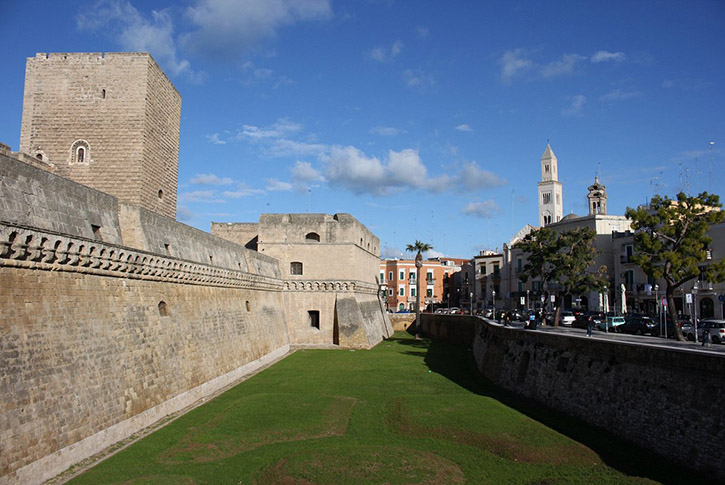
3. Bari Vecchia: A Walk Through History
Bari Vecchia, the old town, is the beating heart of the city. It’s an area that seems almost frozen in time, with narrow alleyways, centuries-old buildings, and tiny piazzas where locals gather to chat and enjoy a coffee. Walking through Bari Vecchia felt like stepping into a different world. The atmosphere here is unlike any other part of the city — it’s intimate, authentic, and brimming with life.
What I loved most about Bari Vecchia was how alive it felt. In the mornings, you can watch locals preparing fresh pasta on the streets — a sight I’ll never forget. The women who make the orecchiette (a traditional pasta shape from Puglia) sit in the open air, expertly shaping the dough and chatting with neighbors. The smell of fresh bread and seafood fills the air as you make your way through the labyrinth of streets.
I lost track of time exploring this area, sometimes not even using a map, allowing myself to get lost in its maze of charming alleys. Along the way, I stumbled upon small trattorias, local shops, and hidden courtyards. It’s in places like this that you get a true sense of the city’s soul.
4. Lungomare Nazario Sauro: Bari’s Beautiful Seafront
After the medieval history of Bari Vecchia and the fortress, I decided to take a stroll along the Lungomare Nazario Sauro, the city’s beautiful seafront promenade. The view of the Adriatic Sea is breathtaking, and the gentle sea breeze makes this one of the most relaxing places in the city.
The Lungomare stretches for miles, lined with palm trees, cafes, and benches. It’s the perfect place to sit and people-watch or just enjoy the beauty of the Mediterranean. As I walked along the seafront, I passed by the impressive Teatro Margherita, an old theater that once hosted grand performances but is now a cultural center. The seafront here is a mix of old and new, with modern developments sitting comfortably alongside older buildings and historical landmarks.
As the sun began to set, the view of the sea turning golden was something I’ll always remember. The calm and serenity of the Lungomare provided a perfect balance to the energy I’d felt in the bustling streets of Bari Vecchia earlier in the day.
5. Piazza del Ferrarese and Piazza Mercantile: Bari’s Vibrant Squares
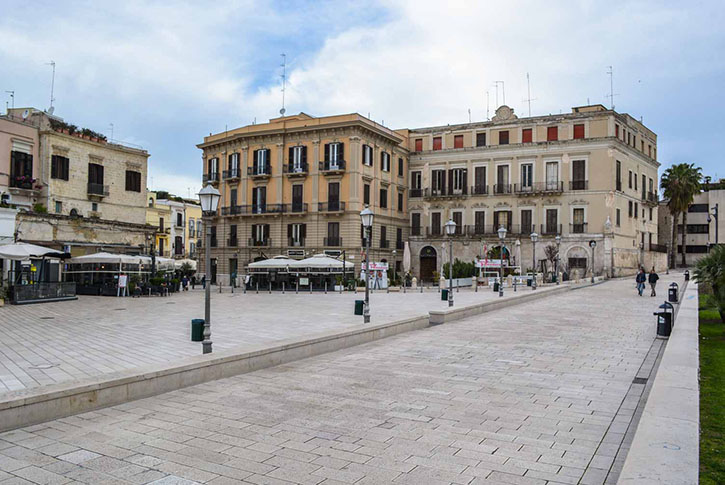
Bari is full of squares, but two that stood out to me were Piazza del Ferrarese and Piazza Mercantile. These two squares are at the heart of the city’s social life, and you’ll find locals mingling here at all times of day. They are also home to some of Bari’s most iconic buildings, including the old merchant houses and the 16th-century Palazzo del Sedile.
I found it fascinating how these squares serve as both historical landmarks and everyday gathering spots. In Piazza Mercantile, I stumbled upon the Colonna della Giustizia, a column that once served as a place where wrongdoers were publicly punished. Today, it stands as a reminder of Bari’s complex past.
As I sat at one of the outdoor cafes in Piazza del Ferrarese, sipping an espresso and watching the world go by, I couldn’t help but think about how these public spaces have remained central to the city’s life for centuries. It’s a reminder of how important the social fabric of a city is, not just its buildings and monuments.
6. Teatro Petruzzelli: Bari’s Cultural Hub
On my last day in Bari, I decided to visit Teatro Petruzzelli, one of Italy’s most famous opera houses. The theater is an architectural masterpiece, known for its ornate decoration and incredible acoustics. Unfortunately, the theater was closed for renovation during my visit, but I was still able to admire its grandeur from the outside.
Teatro Petruzzelli is a symbol of Bari’s rich cultural heritage, and even without stepping inside, it’s easy to understand why it holds such significance for the city. The theater is more than just a place for performances; it’s a testament to the city’s long-standing love for the arts and its role in Italy’s cultural scene.
7. Mercato di Bari: The City’s Bustling Market
One of my favorite experiences in Bari was visiting the Mercato di Bari, the city’s main market. Located just a short walk from the seafront, the market is a lively place where locals come to buy fresh produce, seafood, meats, and cheeses. The vibrancy of the market is intoxicating. The sounds of merchants shouting their prices, the colors of fresh fruit and vegetables, and the smell of freshly baked bread all combine to create a sensory overload.
I spent hours wandering through the stalls, sampling local delicacies and chatting with vendors. The market is the perfect place to get a taste of Bari’s culinary traditions. I picked up some fresh orecchiette and a few local cheeses to take home, along with a bottle of extra virgin olive oil, which is one of Puglia’s pride and joy.
Bari is a city that lingers in your memory long after you’ve left. Its blend of history, culture, and modern-day life makes it a perfect destination for anyone looking to experience Italy beyond the typical tourist trail. From the awe-inspiring Basilica di San Nicola to the charming streets of Bari Vecchia, every corner of the city tells a story. Whether you’re a history buff, a foodie, or someone who simply loves to wander, Bari has something for everyone.
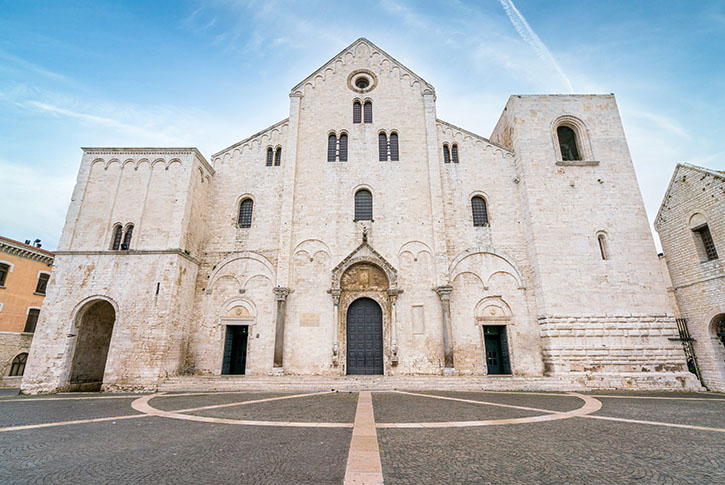
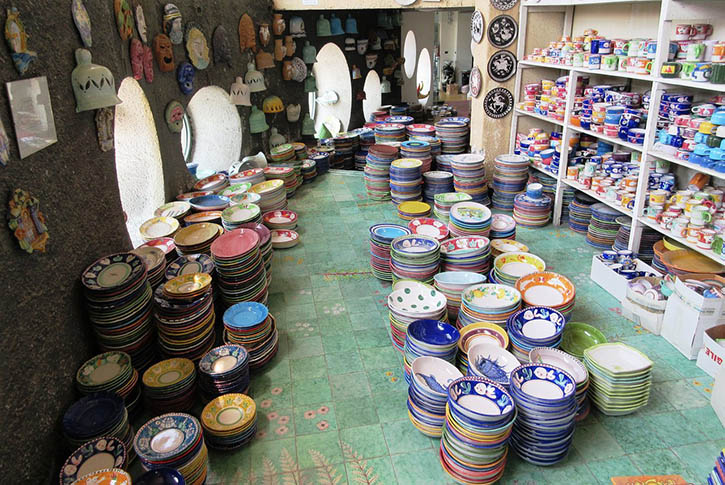


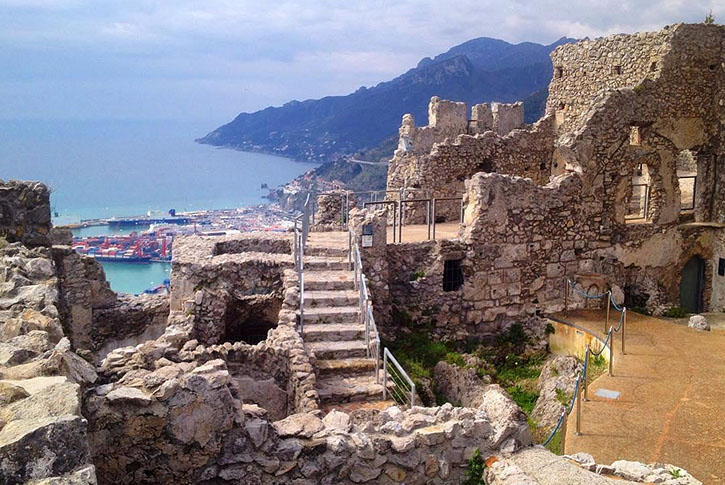


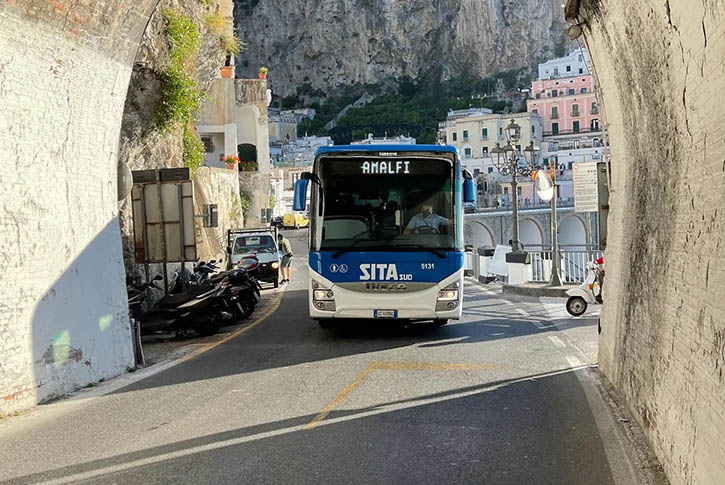
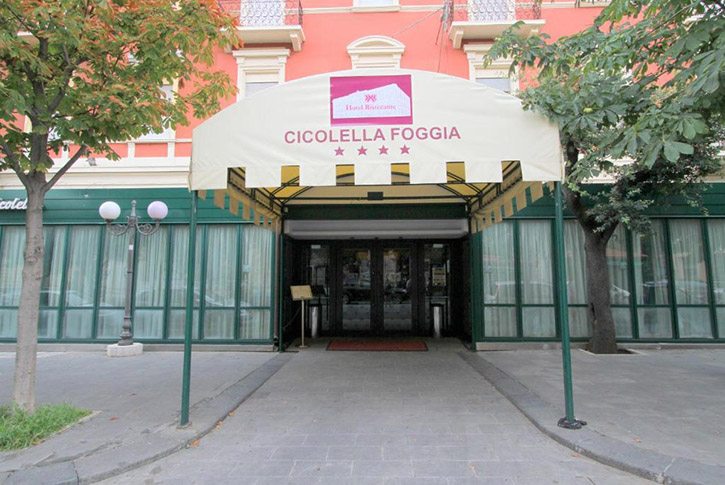
+ There are no comments
Add yours